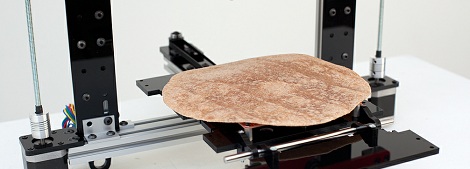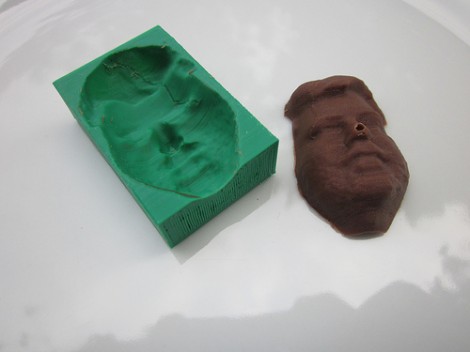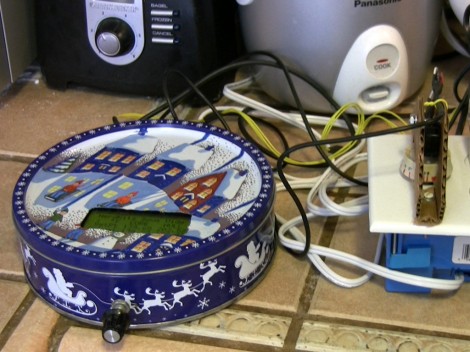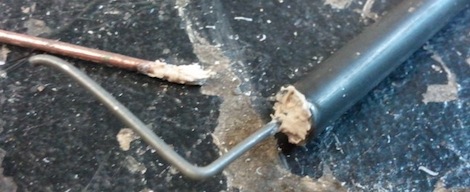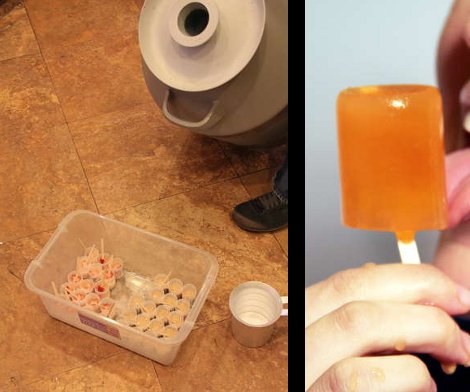
The staff of Instructables know how to cut loose and cool off in this already-too-hot summer. They’re making their own popsicles out of cocktails. If only everyone were lucky enough to have employers who endorse these kinds of projects at work.
So the problem here is the the freezing point of liquor. Your margarita, daiquiri, strawberry with champagne, white russian and other favorites just aren’t ever going to solidify in a run-of-the-mill freezer because zero degrees Fahrenheit just won’t cut it. So the big guns were brought to bear. The cocktail-pops were lined up in a container and dowsed with liquid nitrogen.
The substance boils off at around -321 F, more than cold enough to quickly freeze these alcoholic goodies. But use caution. After they’ve been frozen you need to throw them in the freezer to warm them up. The first guinea pigs burned their tongues when trying to lick the pops too soon.
Don’t want to buy your liquid nitrogen? Why not just make your own?

